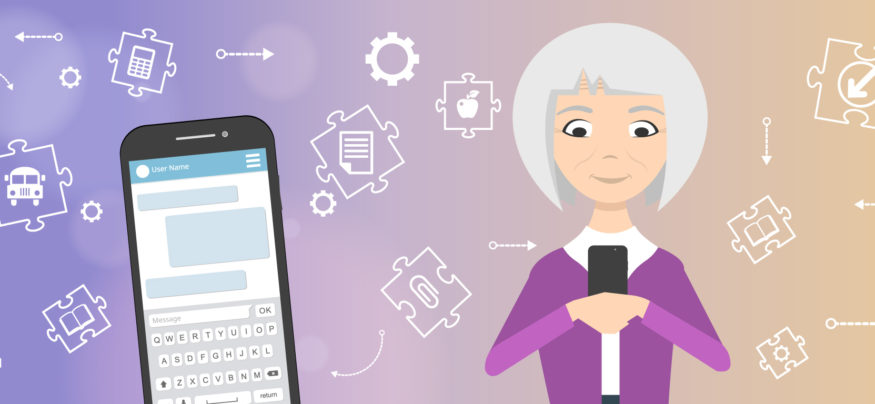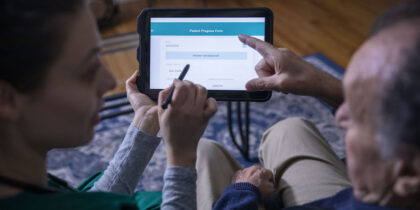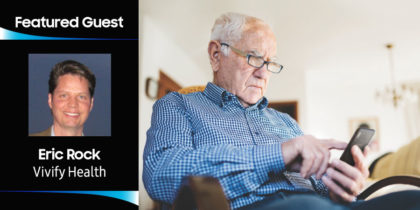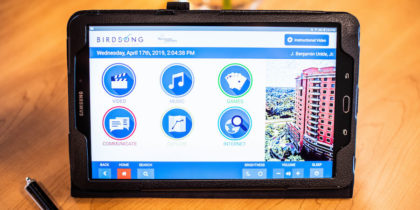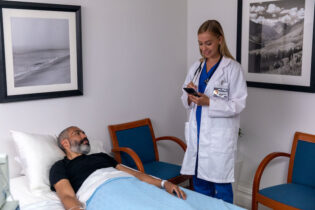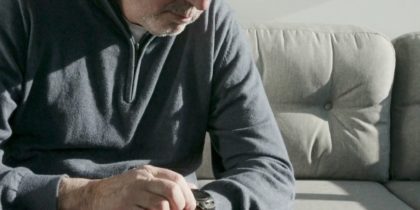Caring for sick or aging loved ones is a big job. Keeping up with medication schedules, communicating with healthcare providers, learning about disease management, helping with day-to-day tasks — it can be a lot to juggle. With so much for families to learn, organize and remember, caregiver apps could be a huge asset. But while 76 percent of U.S. caregivers own smartphones, only 40 percent use a care-related app, according to a new report from Parks Associates. The greatest barrier to adoption, the study reports, is age. Twenty-seven percent of caregivers are between ages 45 to 54, and only 16 percent use caregiver apps. Meanwhile, although only 28 percent of caregivers are between 18 and 24, they account for half of the app users.
It’s no secret that younger consumers are more likely to embrace technology than older individuals, and Parks expects adoption of caregiver apps to increase naturally over time, as more Gen Xers and millennials age into primary caregiver roles. “Consumers in the 35-44 age range are a key bracket,” Parks Associates’ senior director of research Harry Wang said in a statement. “Those currently at this age will bring apps with them as they take on more caregiver responsibilities for their aging parents. At the same time, younger consumers will age into this segment, and these millennials will lean heavily on mobile and connected technologies as they prepare to tackle caregiver challenges in their families.”
But how can app developers and healthcare organizations better engage consumers who need these tools right now?
1. Understand What They Do and What They Want
To better reach this demographic, technology providers need a greater understanding of what caregivers do on a daily basis and which tasks they would use apps to help manage. In “Caregivers & Technology: What They Want and Need,” AARP found that 71 percent of caregivers are interested in using supportive technology such as mobile apps, and more than three-quarters want technology that helps them monitor loved ones. Other top areas of interest include:
- Refilling and picking up prescriptions
- Making and supervising medical appointments
- Assessing health needs and conditions
- Ensuring home safety
- Monitoring medication adherence
Study participants also indicated significant interest in scheduling and organizing apps.
2. Use Boomers as Beta Testers
Too many bells and whistles can turn off older caregivers, who often lack the time and energy to learn how to use complex technology. To streamline apps and create simpler user interfaces, app developers need feedback directly from this hard-to-reach demographic.
Beta and pilot testing is a great way to do just that. For example, Reemo — a technology provider that combines the Samsung Gear S2 smartwatch and Samsung’s SmartThings connected home technology — conducted a five-month pilot at the Ohio Masonic Home, an assisted living community. Feedback from senior users helped Reemo better understand exactly what potential users want from the product, what they like about it and what would make it more attractive to potential users.
Granted, Reemo’s solution is more than an app, but the same principles apply: By involving older caregivers in the development process, technology companies are more likely to end up with an app that older consumers will use and tell their friends about.
3. Involve Family Members
Primary caregivers aren’t the only ones who care about the patients they support. Children, grandchildren and other family members also want to ensure their loved ones are taken care of and that primary caregivers have as much help as they can get. Because younger family members are likely to be more tech savvy and heavier app users, they can introduce caregiver technology to their loved ones and help train them to use it.
4. Engage Healthcare Professionals
AARP’s study indicates that the greatest barrier to app adoption among older caregivers is lack of awareness. They don’t know which apps are out there, which would best suit their needs or whether these tools would actually improve caregiving activities. While this demographic may be less likely than younger consumers to conduct research about existing caregiver apps, they do spend a lot of time talking to healthcare professionals. By educating doctors, nurses, home health workers and hospice agencies on the benefits of caregiver technology, app developers can engage them as referral sources.
Caregivers across age groups are hungry for help, and opportunities abound for app developers who understand what older caregivers need and how to make mobile technology more accessible for the consumers who need it most.
Our home health technology solutions offer a number of options to enhance the caregiving experience for both patients and family members.
